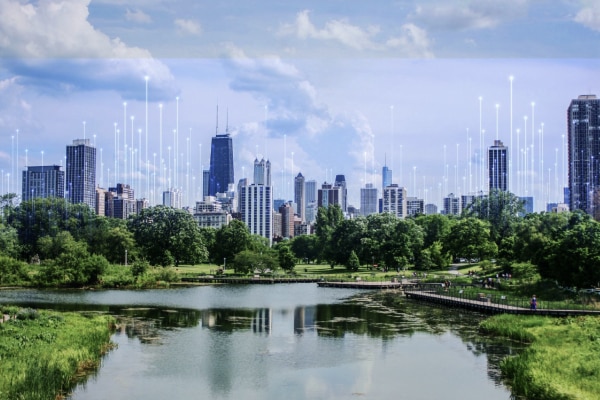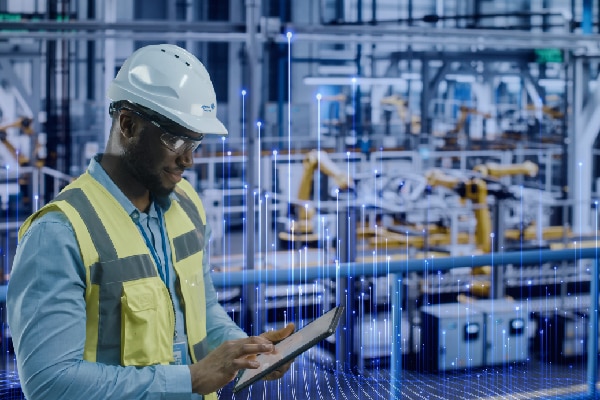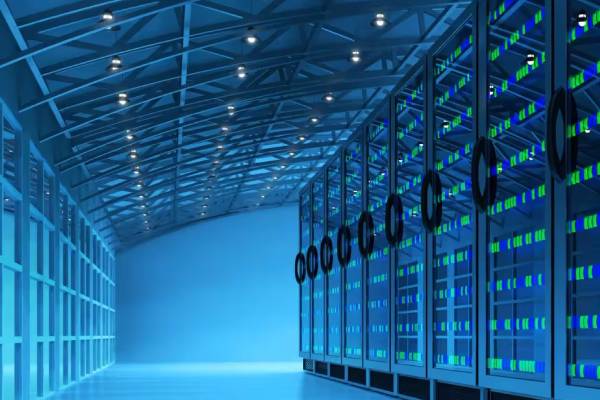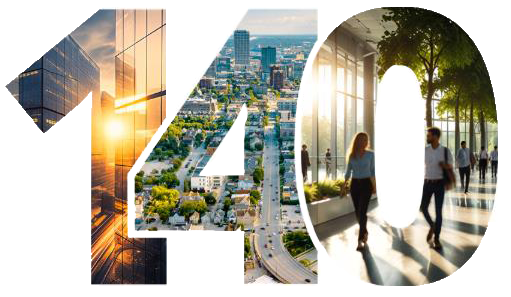- Johnson Controls
- Building Insights
- Bringing the Smart Ready conversation to Milwaukee
Bringing the Smart Ready conversation to Milwaukee, our North American home base
Smarter, safer and more sustainable environments are shaping today’s world. The digital transformation that has allowed us to easily connect with our homes, cars and appliances is driving the need and expectation to extend that personal connection to all the places we learn, heal, work, shop and play. From schools that deliver more productive learning atmospheres to entertainment venues that provide fans unparalleled experiences, spaces and places are striving to become more intelligent, secure and sustainable to better meet their Smart Ready objectives.
To help provide more education on the steps to a successful digital transformation, we hosted our third edition of Johnson Controls Smart Ready Panel series in the location where we help many of our customers envision their own smart building – our Building Efficiency headquarters in Milwaukee. Executives from our Connected Technologies and Advanced Solutions divisions along with business and security leaders from the Milwaukee Bucks led an insightful discussion on how smart technology is being implemented in venues, buildings and cities, using Johnson Controls partnership with Fiserv Forum as a case study and including a tour of the venue to bring these points to life.
Adam Stockwell, vice president of security for the Milwaukee Bucks, and Matt Pazaras, senior vice president of business strategy and development for the Milwaukee Bucks, started the conversation by providing an inside look into what went into the planning stages of Fiserv Forum’s construction planning and design with Johnson Controls, including when and how security was brought to the table to help create a safer fan experience.
“Security was baked into the design of Fiserv Forum from the beginning,” Stockwell noted. “Security has come a long way in the past five years in the NBA in particular with new technology, processes and procedures. Sports security has nuances that we needed to consider in the planning phases in order to make sure systems worked how we needed them to for our specific setting.”
“As an industry, we tend to get caught up in the physical beauty of an infrastructure. However, what’s really important is having a combination of the physical and digital infrastructure. It’s an ‘and’ proposition to make sure they work holistically to drive those desired outcomes.”
— Jim Nannini, vice president, technology and sales engineering, Johnson Controls, Building Solutions North America
It is critical to include security in upfront planning as other building technologies are also considered in this phase. This can help owners better understand how all applications and systems can be integrated to create a more efficient, optimized environment. The cloud plays a huge role in creating future-focused facilities as it provides flexibility in the ever-changing technology-driven world we live in.
“When creating buildings years ago, people would say, ‘I’m going to use the most advanced technology in the world.’ However, by the time they finished their sentence, this would no longer be true,” said Pazaras. “The fact that so much of what we’re doing at Fiserv Forum is built in the cloud has allowed us to be flexible and future-proof as much as possible. The cloud has also made our DAS (distributed antenna system) and Wi-Fi to become stronger, which is ultimately helping to drive the fan experience.”
At Fiserv Forum, the experience starts well before fans get inside the venue as Wi-Fi extends to the campus outside. This is critical to their operations as Fiserv Forum switched to all digital tickets. This streamlined experience continues to other facilities on campus, like the MECCA Sports Bar & Grill. During a Milwaukee Bucks game, the LEDs inside the sports bar run the same graphics and music that play inside Fiserv Forum when a player scores. This is a prime example of how owners can benefit from implementing systems that have the flexibility to adapt to future platforms allowing them to reach their digital transformation goals. To provide more detail on how owners can better meet their unique objectives, Johnson Controls executives Jim Nannini, Nick Treder and Heather Naida used their expertise in digital transformation to highlight what other venues and communities should consider when creating more intelligent environments.
“As an industry, we tend to get caught up in the physical beauty of an infrastructure. However, what’s really important is having a combination of the physical and digital infrastructure. It’s an ‘and’ proposition to make sure they work holistically to drive those desired outcomes,” said Jim Nannini, vice president, technology and sales engineering, Johnson Controls, Building Solutions North America.
“Beginning a project with the end in mind is key,” added Nick Treder, business manager, Connected Technologies, Johnson Controls, Building Solutions North America. “Systems are the means to the end. The point is how to we create and achieve the needs of customers, and to do that, their goals must be at the forefront of planning discussions.”
Johnson Controls takes the following four steps to help many customers, like Fiserv Forum, achieve the high-tech digital outcomes they desire.
- Master Plan – In the upfront planning process, we sit down with customers to understand their objectives. This helps make sure we’re protecting customers’ investments today and in the future.
- Design Guidelines – A master plan is only as good as the design guidelines put in place. This stage helps ensure we’re providing the most cost-effective, productive and efficient building that is integrated and has the ability to maximize their investment and make it work for their unique goals.
- Implementation – We partner with our customers on the implementation process to ensure the full delivery of the connected environment.
- Lifecyle – Our work doesn’t end after implementation. We stay with our customers through the lifecycle to handle service, maintenance and continue with upgrades.
“We want to focus on our customers through the entire building lifecycle,” explained Heather Naida, vice president, Connected Technologies, Johnson Controls, Building Solutions North America, in regard to the four-step process. “If you’re only with them in one phase of the project, then you miss out on fully understanding their value, mission and their goals, and it is going to hurt you from delivering those outcomes. To deliver on digital transformation and that connected building, you need to be there through the entire lifecycle.”
Learn more about how Johnson Controls can help power your organization’s mission to become Smart Ready.
Related Items
Smart Ready Discussion at The GRAMMY Museum
We engaged Los Angeles facility, security and smart city experts in January 2019 to participate in the second Smart Ready panel discussion at The GRAMMY Museum at L.A. LIVE.












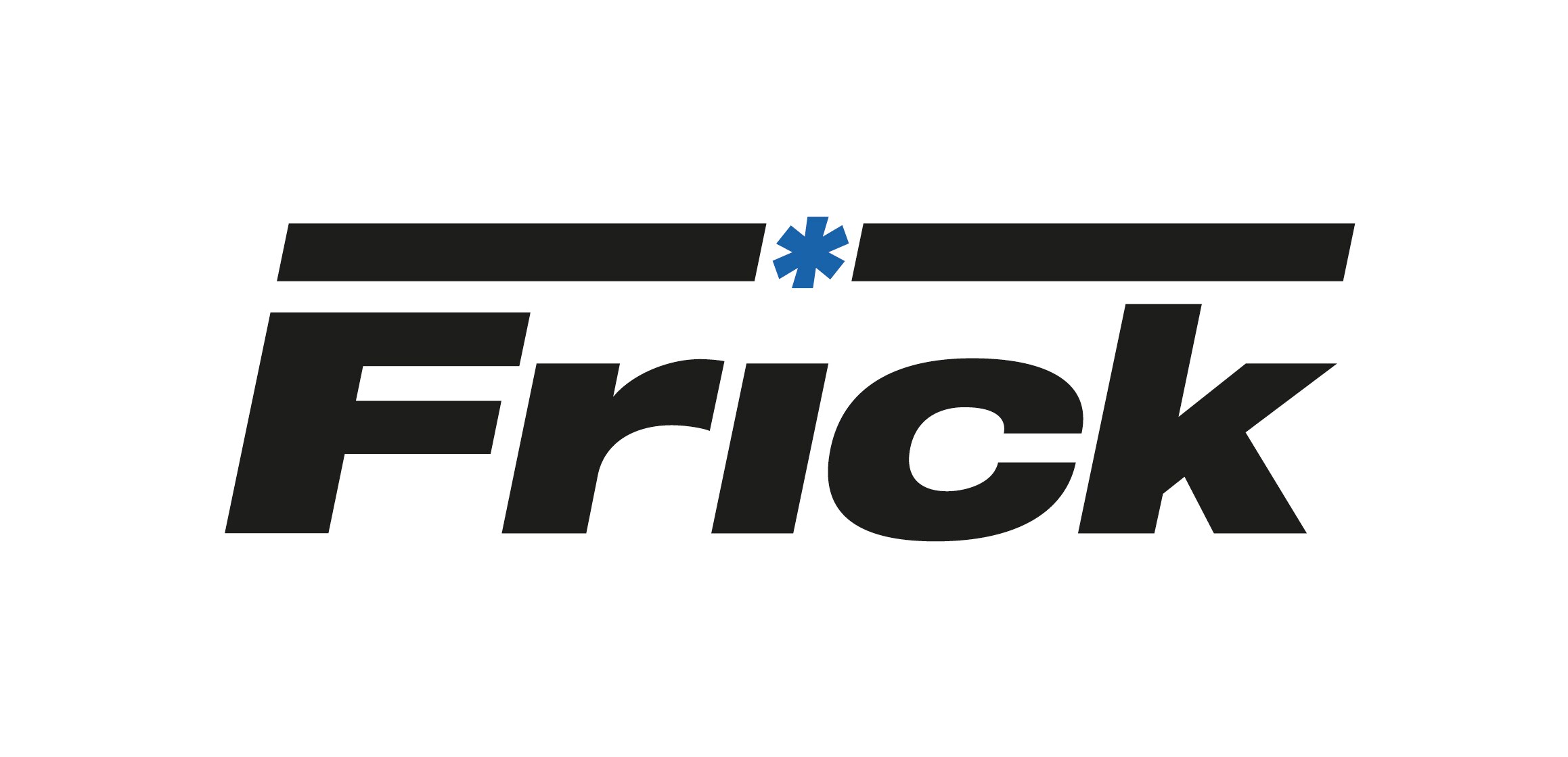
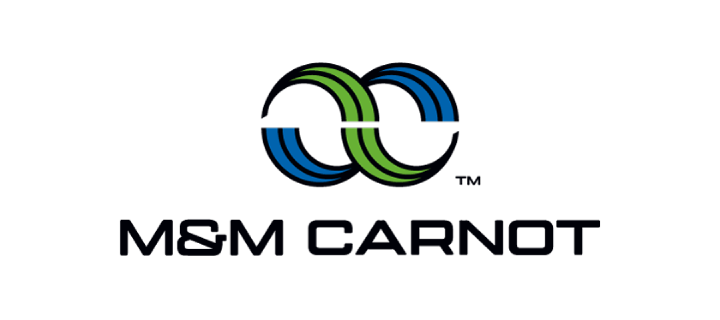

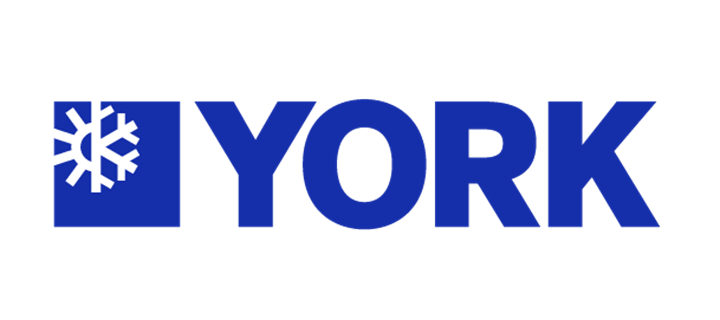
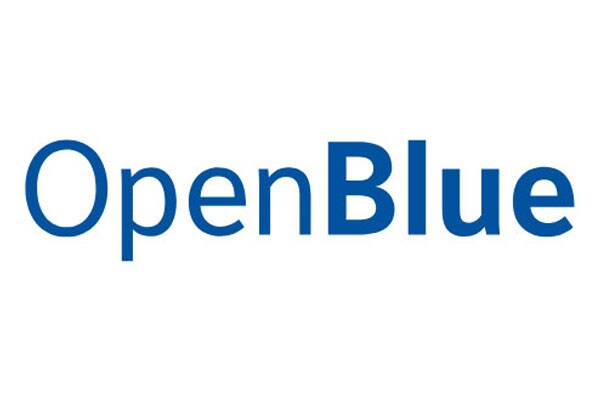
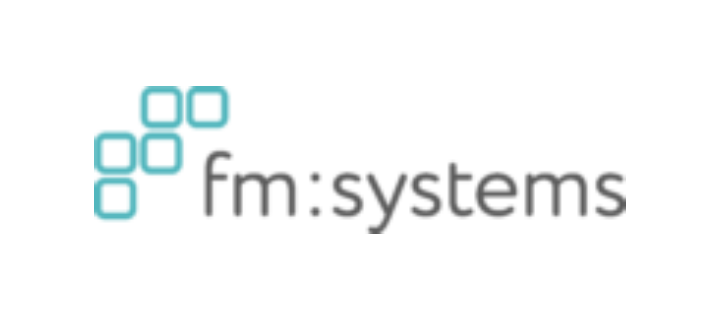







.jpg?la=en&h=320&w=720&hash=244C75B74F0F77521D56164450973BCD)

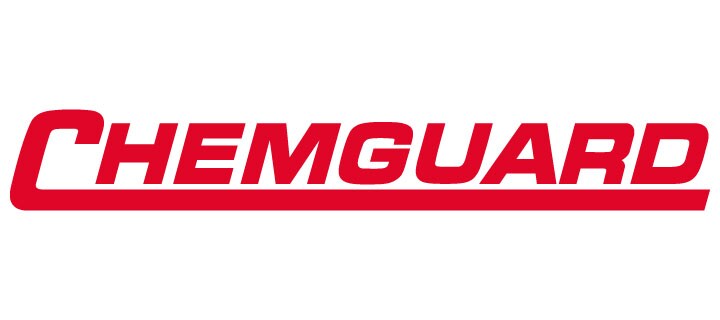
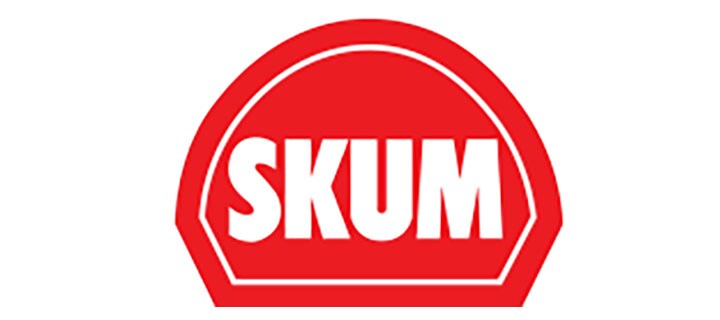


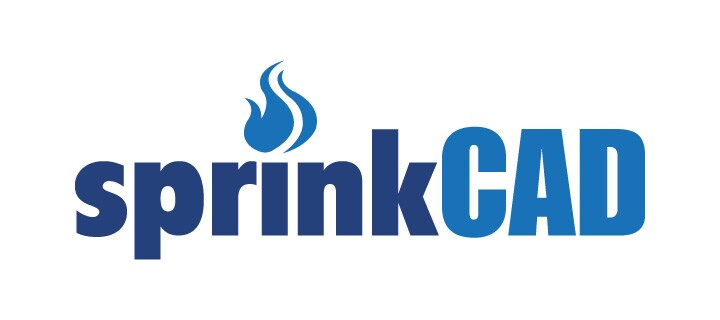
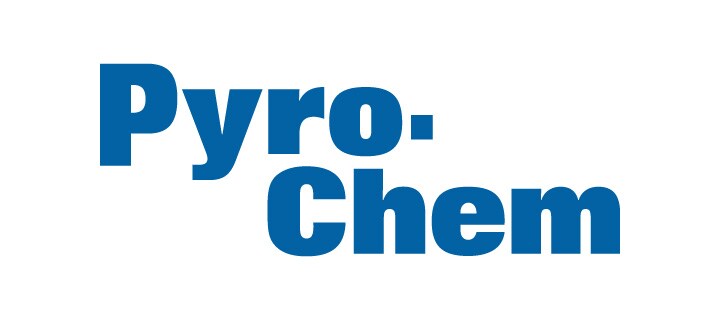








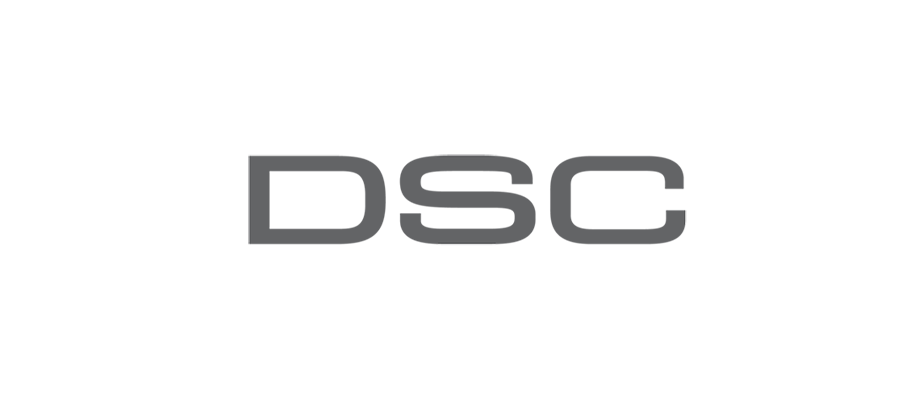


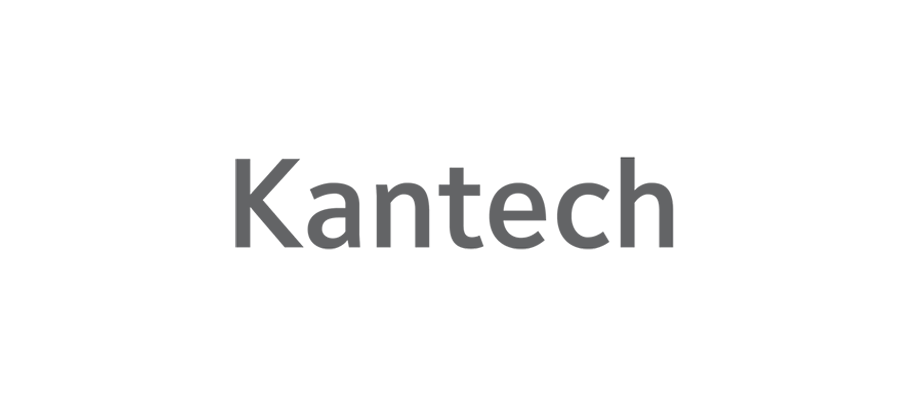



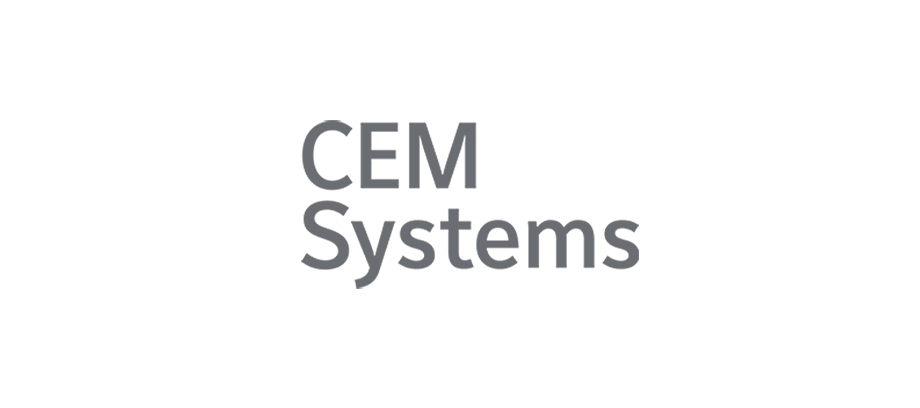






.png)
